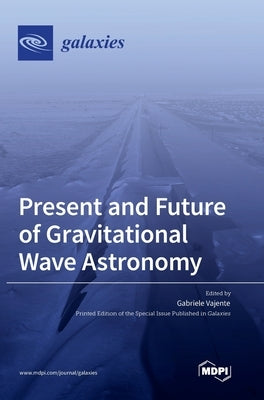Before you leave...
Take 20% off your first order
20% off
Enter the code below at checkout to get 20% off your first order
Discover summer reading lists for all ages & interests!
Find Your Next Read

The first detection on Earth of a gravitational wave signal from the coalescence of a binary black hole system in 2015 established a new era in astronomy, allowing the scientific community to observe the Universe with a new form of radiation for the first time. More than five years later, many more gravitational wave signals have been detected, including the first binary neutron star coalescence in coincidence with a gamma ray burst and a kilonova observation.
The field of gravitational wave astronomy is rapidly evolving, making it difficult to keep up with the pace of new detector designs, discoveries, and astrophysical results.
This Special Issue is, therefore, intended as a review of the current status and future directions of the field from the perspective of detector technology, data analysis, and the astrophysical implications of these discoveries.
Rather than presenting new results, the articles collected in this issue will serve as a reference and an introduction to the field. This Special Issue will include reviews of the basic properties of gravitational wave signals; the detectors that are currently operating and the main sources of noise that limit their sensitivity; planned upgrades of the detectors in the short and long term; spaceborne detectors; a data analysis of the gravitational wave detector output focusing on the main classes of detected and expected signals; and implications of the current and future discoveries on our understanding of astrophysics and cosmology.
Thanks for subscribing!
This email has been registered!
Take 20% off your first order
Enter the code below at checkout to get 20% off your first order